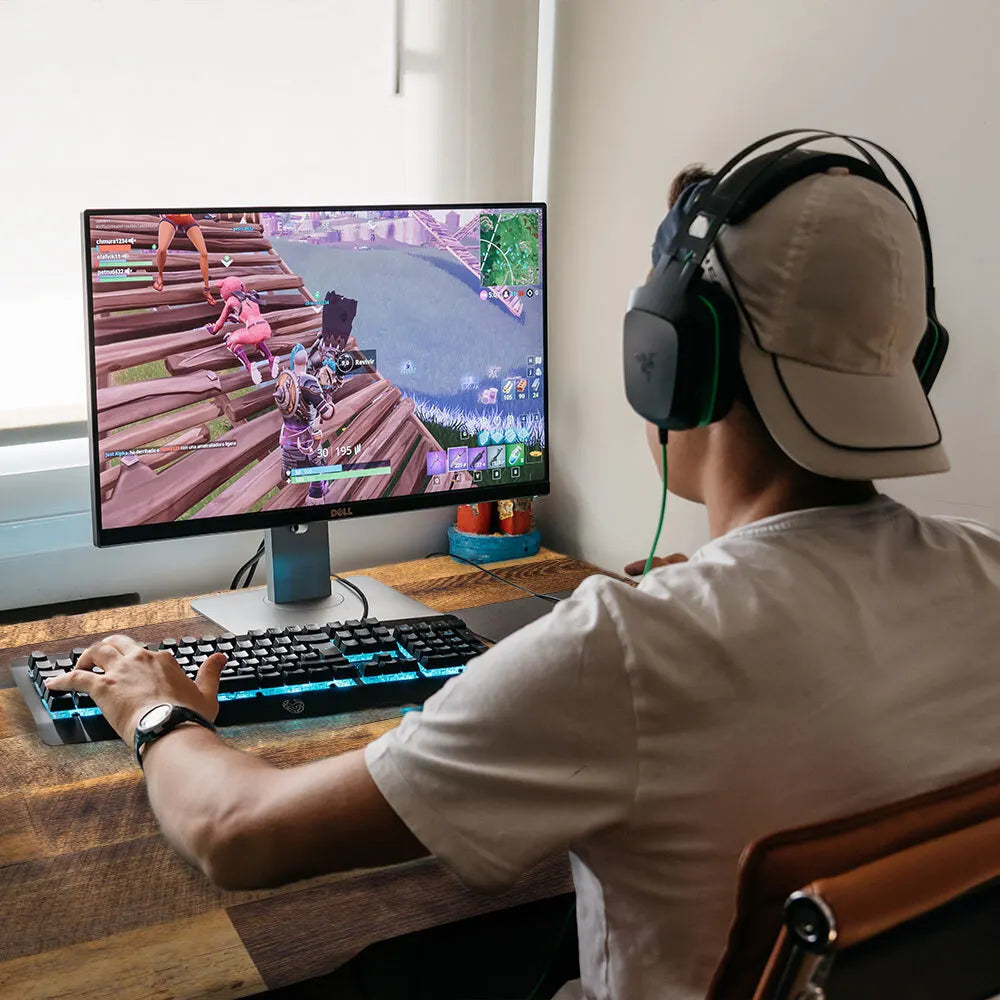Understanding Carpal Tunnel
By Jana Zuidema (Bsc Physio)
Carpal tunnel syndrome (CTS) is a repetitive strain injury and is often attributed to computer work. Most often the mouse and the keyboard are blamed. As physiotherapists, we have always believed that the posture the person adopts when using their mouse or keyboard is at fault. And whilst this is very relevant, can we blame CTS purely on computer use? After scrolling through the numerous articles written on CTS and computer use there may just because for us to change our opinion on computer use and its effect on CTS.
Carpal tunnel syndrome symptoms
CTS is often referred to as a median nerve neuropathy. The median nerve sits just under your skin along the underside of your wrist (i.e. the palmar side). It runs in a canal called the carpal tunnel, and the nerve can become compressed, causing symptoms such as numbness, tingling, pain and weakness. This is often felt along the underside of the index, middle and some of the ring finger (as shown below). Some people may wake at night feeling the need to shake their hands to try and relieve the tingling and pain. Sometimes grip strength can be affected if the CTS goes on for a long time.
So, does having your hand on your mouse all day or typing all day cause CTS? The broad answer is NO. Anderson et al (1) did a 1-year follow-up study on computer use and carpal tunnel syndrome. They used a questionnaire to question over 6000 people on their symptoms of CTS (if any). They found that 10.9% of the respondents reported tingling and numbness of the right hand. Those that had median nerve involvement were 4.8% and only 1.4% had night pain. They found that there was a correlation to symptoms of night pain when mouse usage was more than 30hours/week. They also found that tingling and numbness were only related to mouse usage and not keyboard use.
Interestingly they also noted that posture was not associated with an elevated risk of CTS. Anderson et al also looked at similar studies to theirs and found that the conclusions were similar, i.e. that the findings are in contrast with the belief that CTS is a disorder related to computer work.
In summary, they noted that the occurrence of CTS in the right hand was low and concluded that computer use does not pose a severe occupational hazard for developing CTS. The reason then for the tingling and numbness they attributed to either a specific medical condition (other than CTS) or part of a large number of medically unexplained symptoms that can be a reflection of the stresses of life.
So, if you are experiencing symptoms of CTS, don’t blame your mouse too much, he may be the innocent party here. There is probably another plausible medical explanation for your wrist pain, and we advise you seek medical advice before you buy a new mouse! But we are also not saying that computer work does not attribute to wrist pain, so always keep your posture in mind, i.e. sit up straight, keep your wrist in a neutral position and support your forearms with your desk or armrests of your office chair.
Reference:
• Computer Use and Carpal Tunnel Syndrome, Anderson et al JAMA. 2003; 289(22):2963-296
Be the first to know about new collections and exclusive offers.




